
Written by South China Morning Post ( Morning Studio )
Ngong Ping plateau, at the foot of Lantau Island’s Lantau Peak, is the ideal Hong Kong setting for a spiritual walk to experience Buddhist culture and the beauty of nature. It’s home to the 115-year-old Po Lin Monastery, featuring temples and halls with designs inspired by Song (960–1279), Ming (1368–1644) and Qing (1644–1911) dynasty architecture — and the iconic giant Big Buddha bronze statue. Enjoy a breathtaking cable car ride, offering stunning Lantau Island and Tung Chung Bay sea views.

Refuel
There are plenty of places in Ngong Ping selling food, snacks and drinks to help you refuel.
-
Ngong Ping 360 Cable Car
The hilltop Ngong Ping 360 Cable Car Terminal is a good starting point for any visit to Ngong Ping. The 25-minute, 5.7 km cable-car ride from Tung Chung offers passengers impressive, unobstructed views of Lantau North Country Park’s rolling terrain, the coastal areas of the Tung Chung Bay and aircraft taking off and landing at Hong Kong International Airport.
Get me there
-
Ngong Ping Village
This culturally themed village was built with traditional Chinese architectural elements that complement Ngong Ping’s natural landscape. The two-storey complex features more than 20 shops and restaurants, where visitors can choose from a variety of dining options and find an enticing range of souvenirs including jewellery and Chinese arts and crafts. The village offers several good locations for taking Instagram-worthy photos, such as the rows of eight blessing drums, displaying the Chinese characters for positive ideas such as happiness and success, and the ‘Tree of Awakening’ or Bodhi tree, with numerous wishing placards hanging from its branches. It also features two immersive multimedia attractions — the Motion 360 theatre and Walking with Buddha experience. The newly renovated Ngong Ping Nature Centre provides interactive exhibits, guided tour services as well as map and hiking pole-lending services to enrich visitors’ travel experiences in Lantau.
 Walking with Buddha are both temporarily closed. Please check the official website of Ngong Ping 360 for details. For more information about the Ngong Ping Nature Centre, please visit the Agriculture, Fisheries and Conservation Department’s website.
Get me there
Walking with Buddha are both temporarily closed. Please check the official website of Ngong Ping 360 for details. For more information about the Ngong Ping Nature Centre, please visit the Agriculture, Fisheries and Conservation Department’s website.
Get me there
-
Po Lin Monastery
Po Lin Monastery was founded in 1906 by three monks from the Mainland’s Ch’an (Zen) School in Jiangsu province, who used a small stone house as the site for teaching Buddhist practices in Ngong Ping. Its symmetrically arranged complex of buildings, including the Main Shrine Hall of Buddha and the Grand Hall of Ten Thousand Buddhas, and bell and drum towers, features assorted architectural designs inspired by the Song, Ming and Qing dynasties. Many visitors stay for lunch at the monastery’s dining hall, where they can enjoy a selection of different vegetarian dishes and a pot of Chinese tea.
Get me there
-
The Big Buddha
The Big Buddha statue, also known as Tian Tan Buddha, on top of the 479-metre-high Muk Yue Shan, beside the monastery’s main square, is the world’s largest seated outdoor Buddha. The 34-metre-high figure, created from 202 pieces of bronze weighing a total of 250 tonnes, symbolises the stability of Hong Kong, prosperity of China and peace on Earth. Construction of the project began in 1981 and was officially opened in December 1993. Energetic visitors can climb the 256 steps to visit the hall inside its base, and also enjoy the impressive view as they look back down at the monastery.
Get me there
-
Dining Option
Tung Chung Town Centre
Visitors who make afternoon visits to Ngong Ping may consider returning to Tung Chung for their evening meal. If you need a quick meal, look no further than Citygate Outlets, the shopping mall next to MTR Tung Chung Station, which offers more than 30 different restaurants serving a selection of Chinese, Western, Japanese, Korean and Vietnamese cuisines. There is also a food court for people in a hurry.
Get me there

Transport
Getting to Ngong Ping
Ngong Ping 360 Tung Chung Cable Car Terminal is just a five-minute walk from Exit B of MTR Tung Chung Station. From there you can take a cable car to Ngong Ping in about 25 minutes. The cable car service runs from 10am to 6pm. Alternatively, take bus 23 from Tung Chung Tat Tung Road Bus Terminus, which will get to Ngong Ping in about 50 minutes.
Leaving from Ngong Ping
You can take the cable car from Ngong Ping back to Tung Chung, or return on bus 23.
More Routes

Written by South China Morning Post ( Morning Studio )
Ngong Ping plateau, at the foot of Lantau Island’s Lantau Peak, is the ideal Hong Kong setting for a spiritual walk to experience Buddhist culture and the beauty of nature. It’s home to the 115-year-old Po Lin Monastery, featuring temples and halls with designs inspired by Song (960–1279), Ming (1368–1644) and Qing (1644–1911) dynasty architecture — and the iconic giant Big Buddha bronze statue. Enjoy a breathtaking cable car ride, offering stunning Lantau Island and Tung Chung Bay sea views.

Refuel
There are plenty of places in Ngong Ping selling food, snacks and drinks to help you refuel.

Transport
Getting to Ngong Ping
Ngong Ping 360 Tung Chung Cable Car Terminal is just a five-minute walk from Exit B of MTR Tung Chung Station. From there you can take a cable car to Ngong Ping in about 25 minutes. The cable car service runs from 10am to 6pm. Alternatively, take bus 23 from Tung Chung Tat Tung Road Bus Terminus, which will get to Ngong Ping in about 50 minutes.
Leaving from Ngong Ping
You can take the cable car from Ngong Ping back to Tung Chung, or return on bus 23.



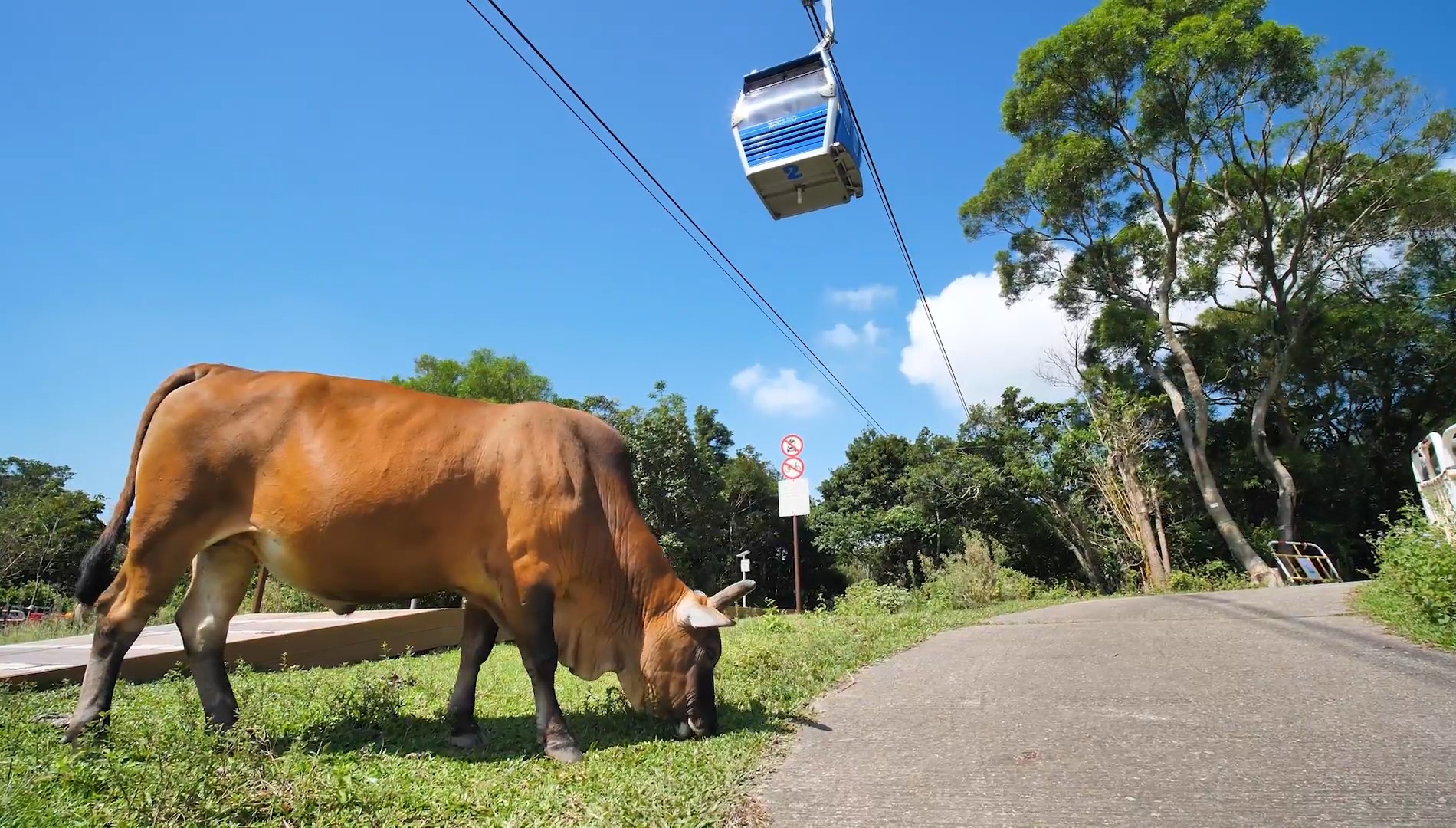

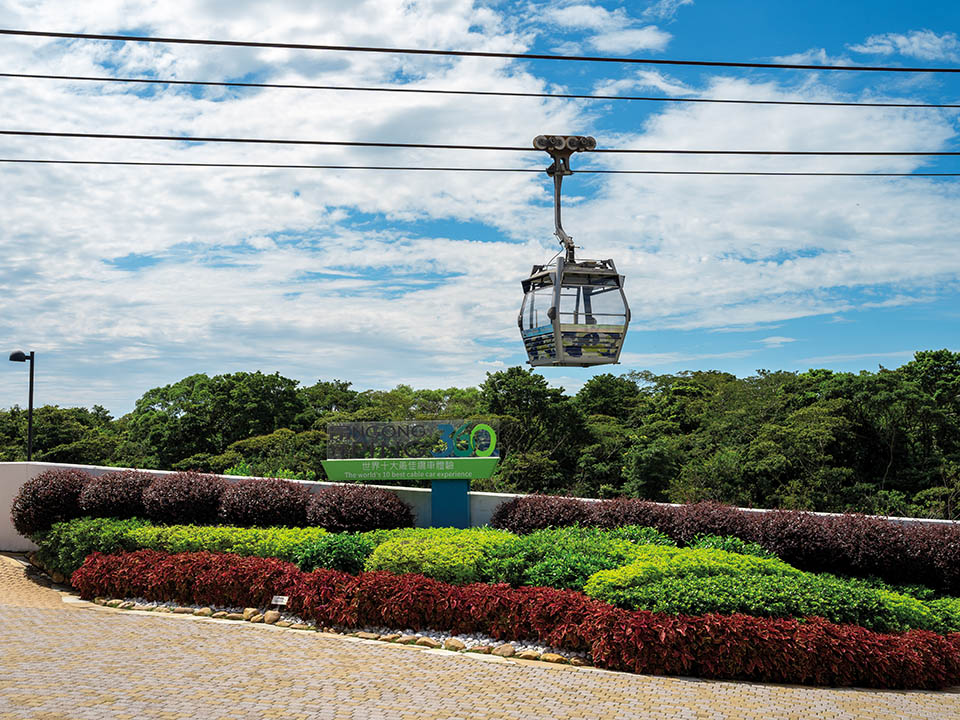
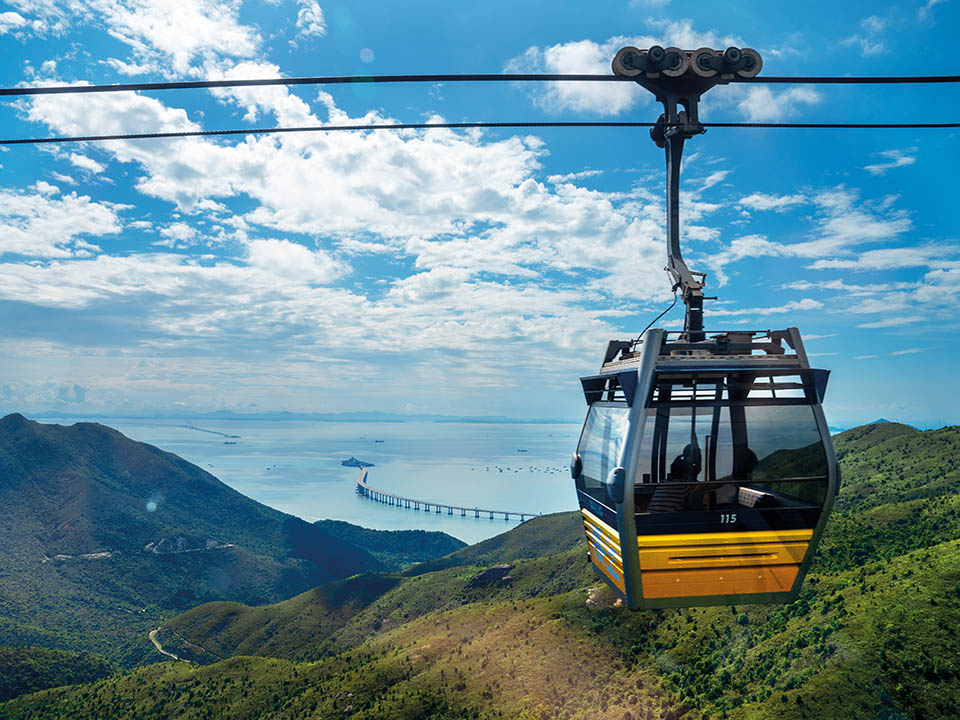
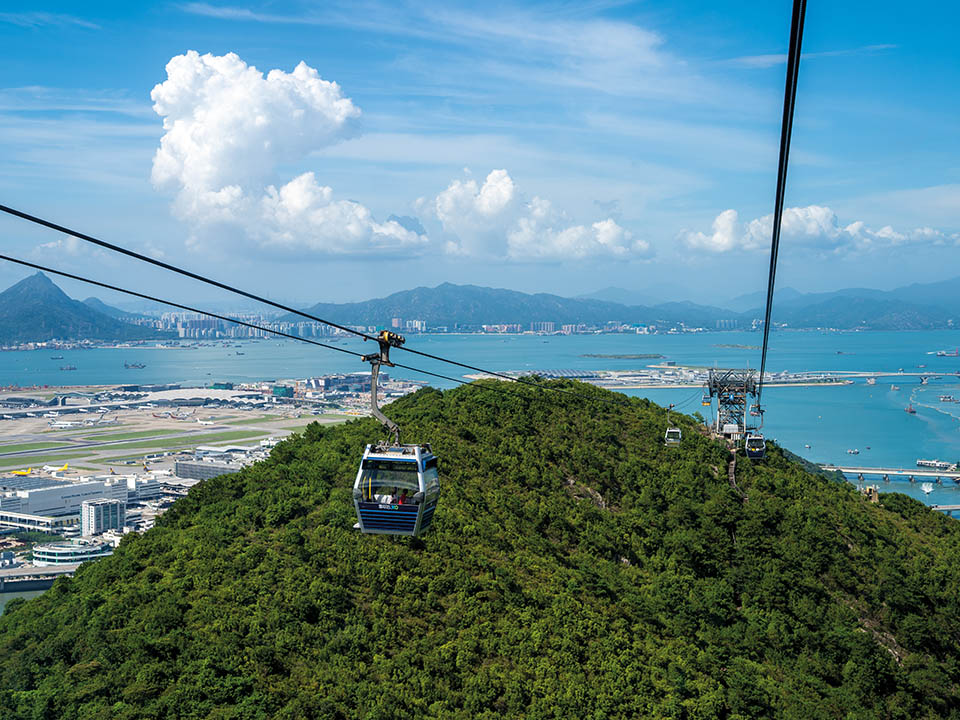
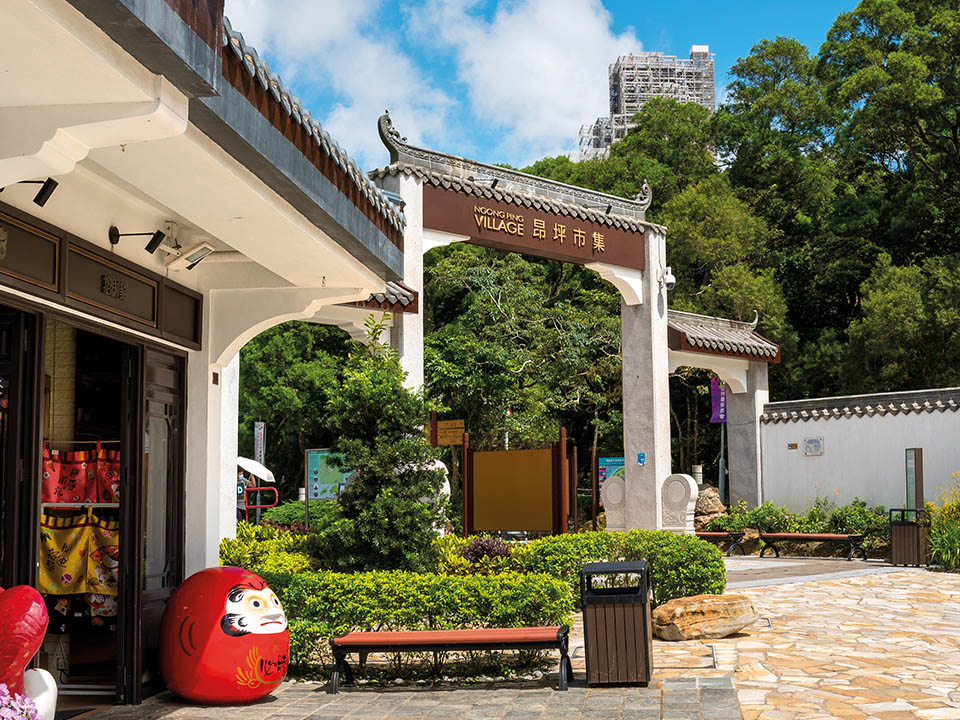
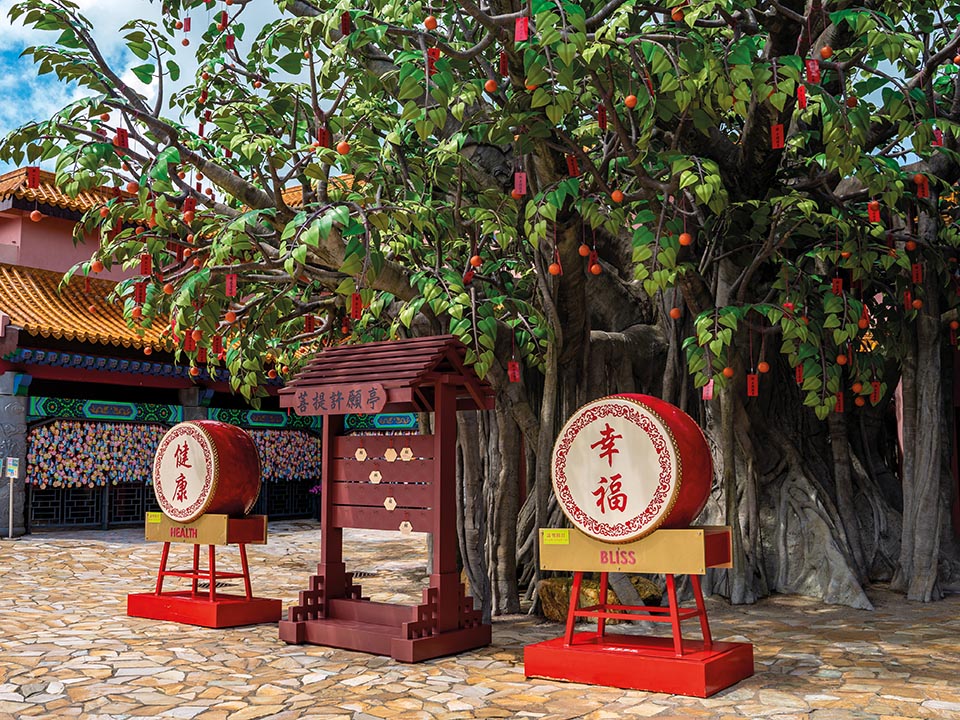
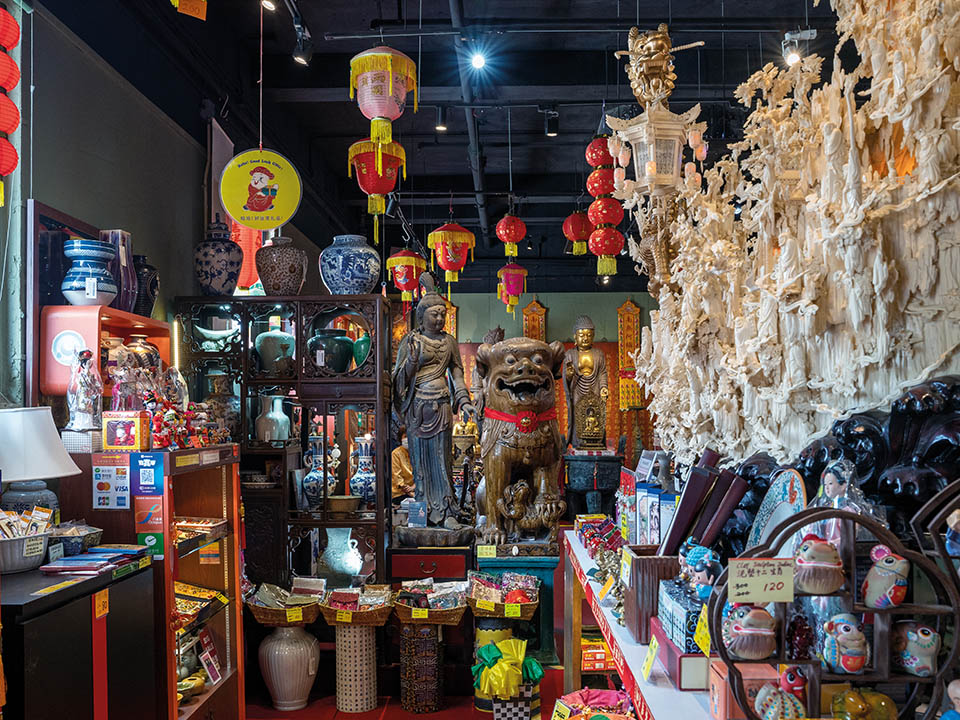
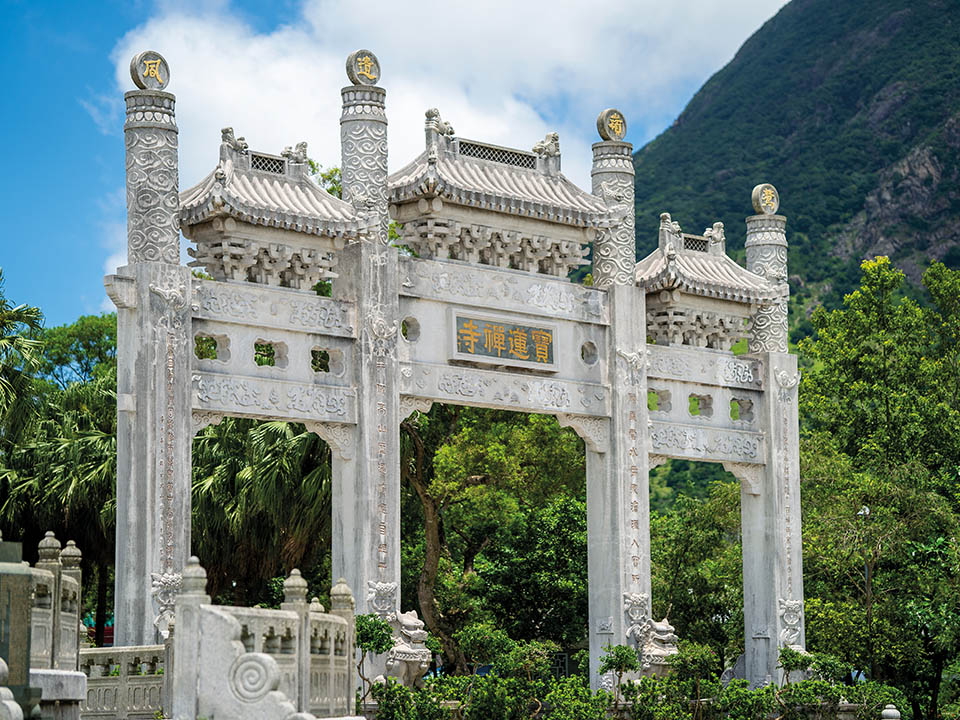
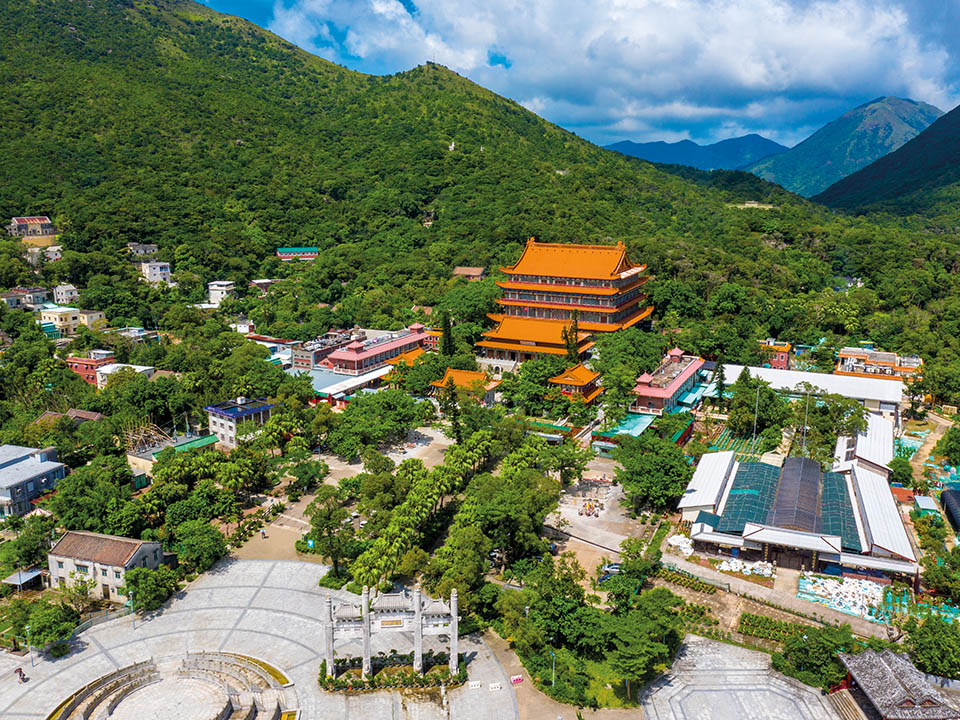
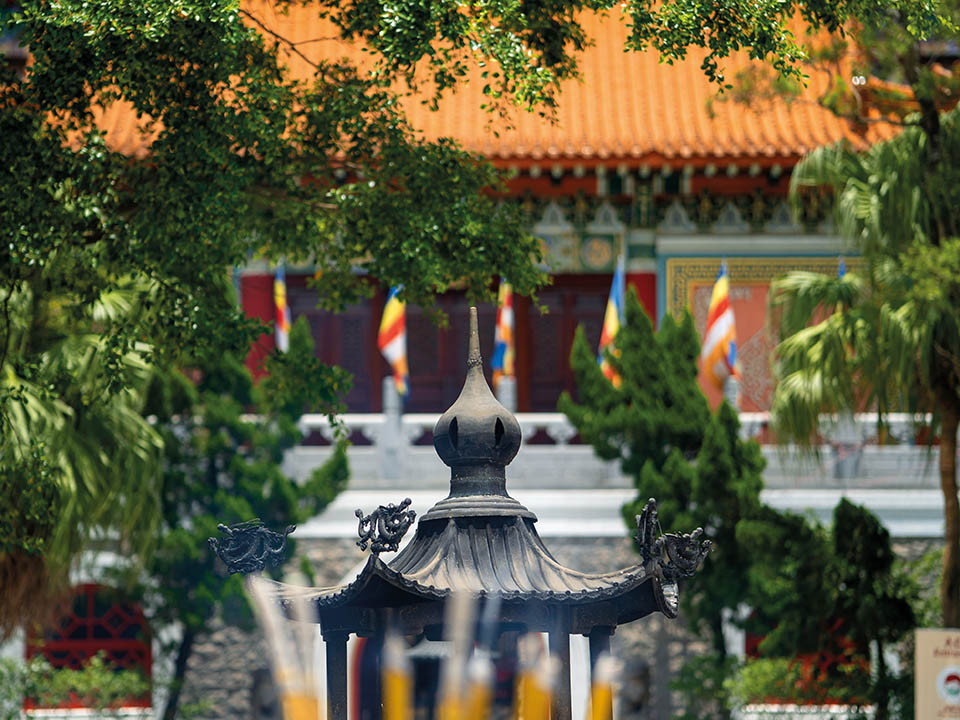
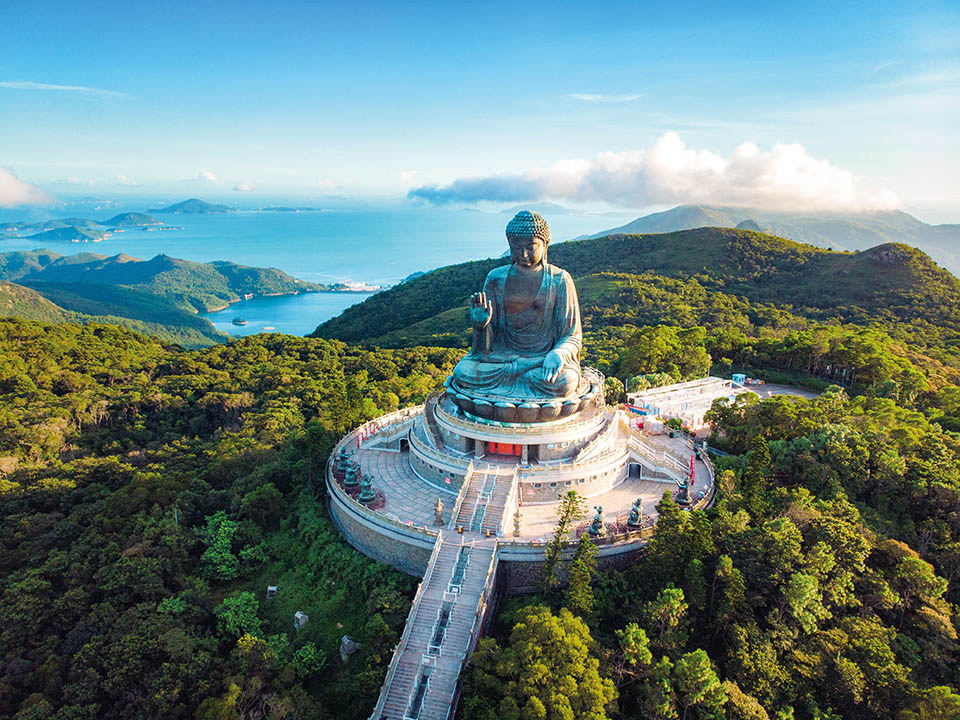
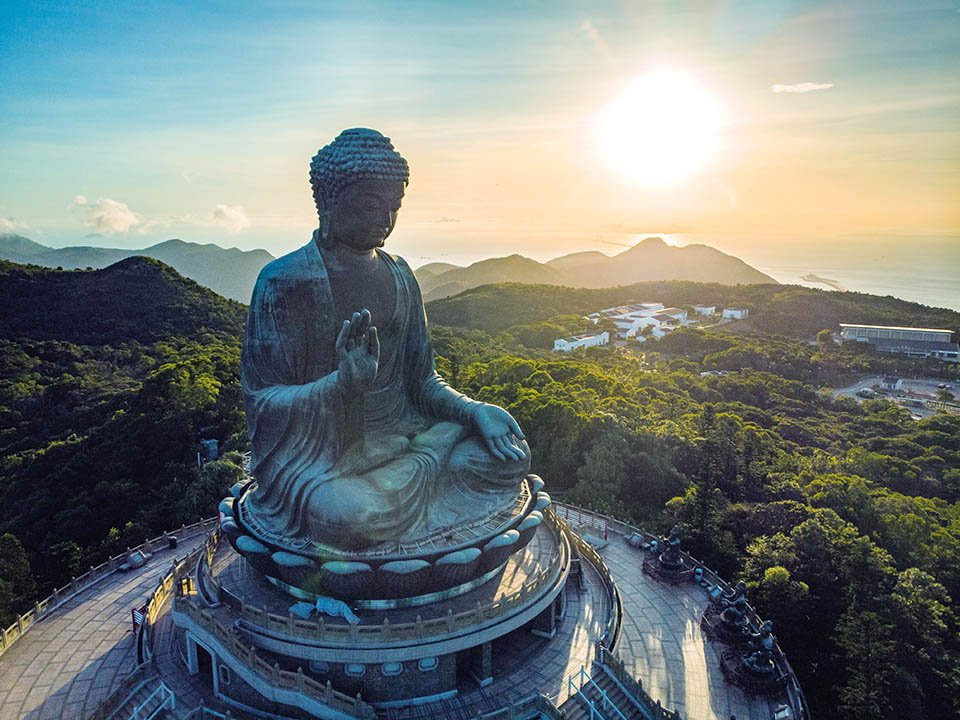
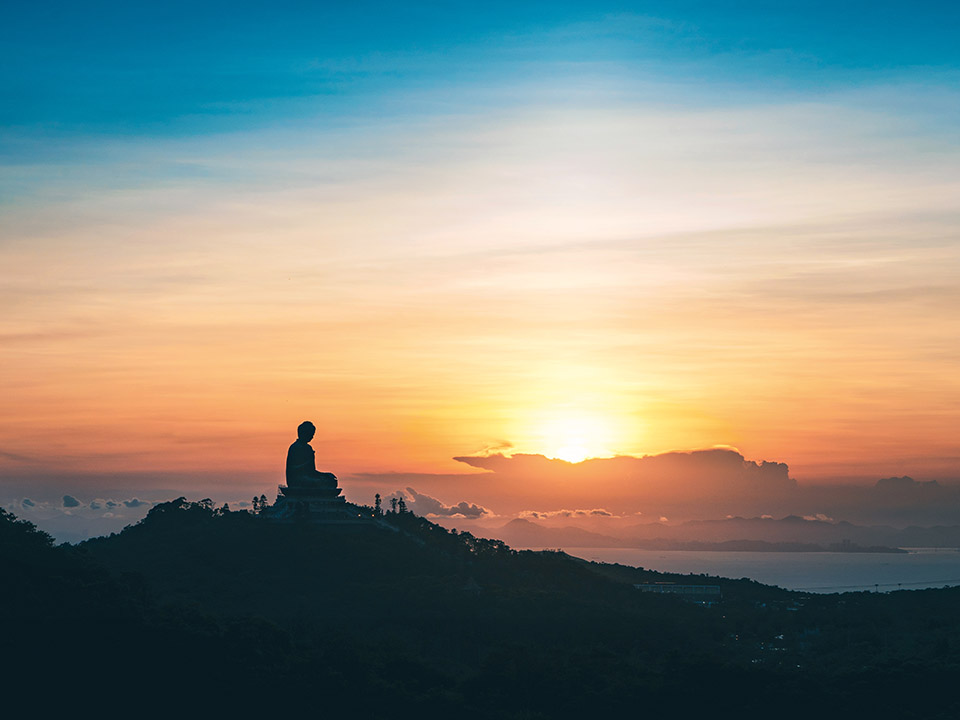

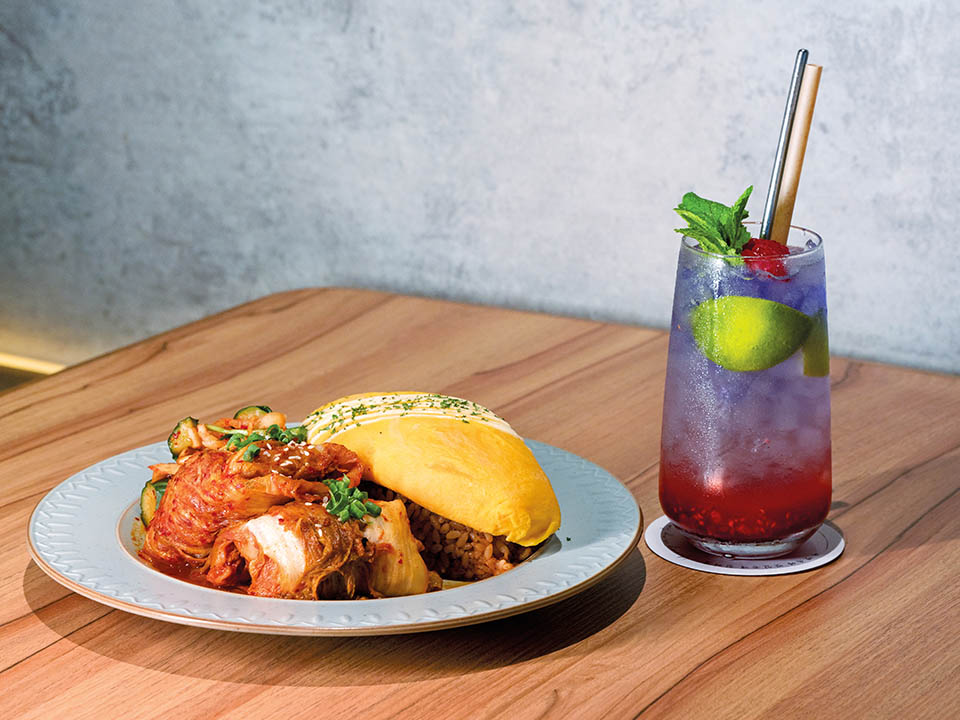
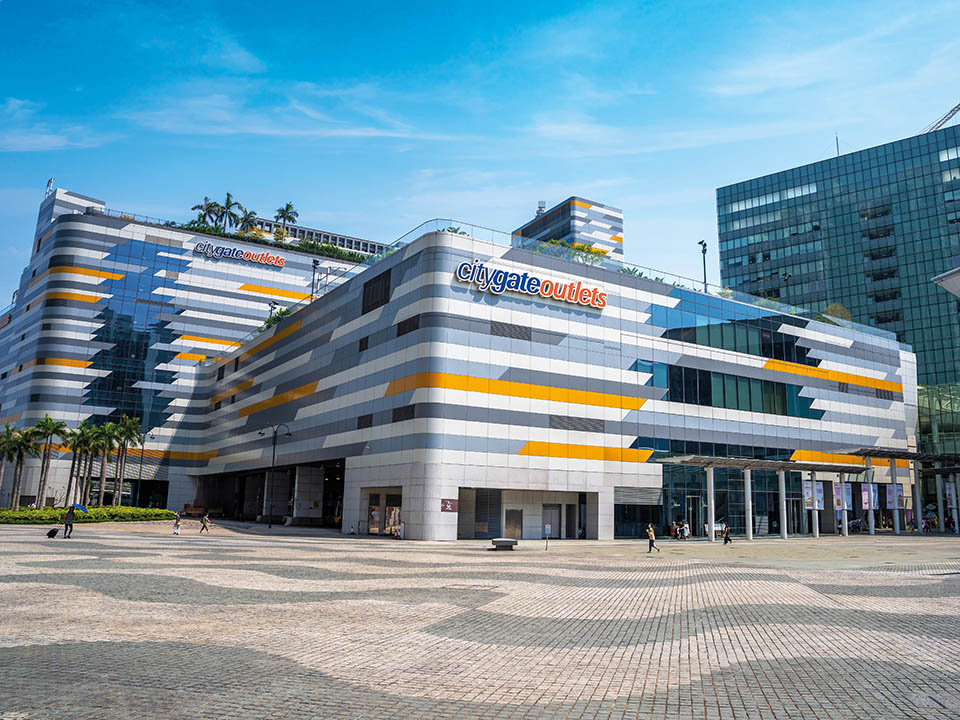
 Live Chat
Live Chat









